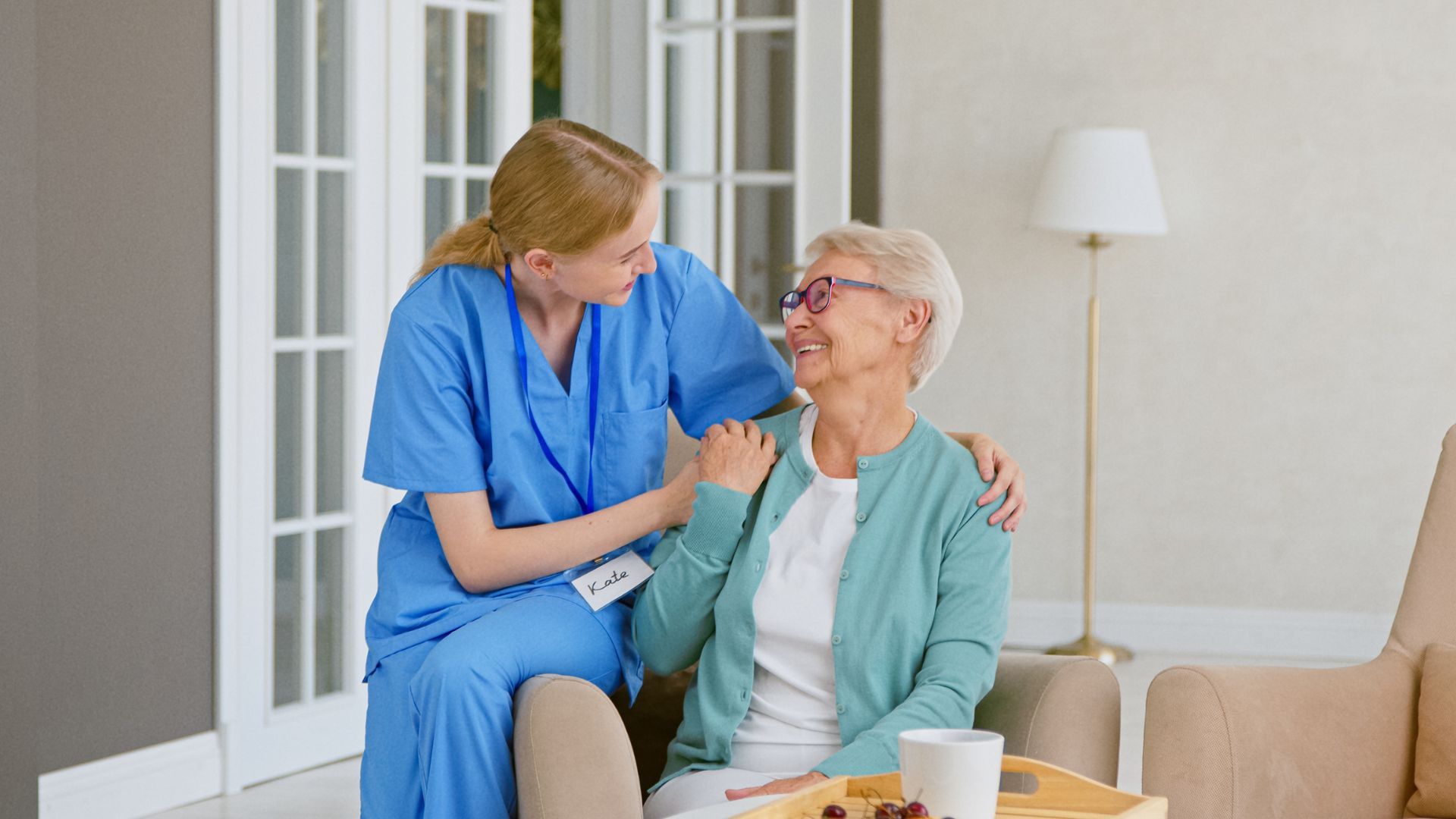The Role of Thoughtful Design in Ensuring Senior Safety
Thoughtful design is crucial in creating senior assisted living communities that prioritize both safety and comfort. By integrating specific features and elements, these communities can reduce risks while fostering an environment where residents can maintain their independence.
Incorporating Accessibility Features for Easy Navigation
One of the most important aspects of thoughtful design is accessibility. Wide doorways, ramps, and hallways provide easy mobility for residents, whether they use wheelchairs or walkers, or simply need more space to move comfortably. This ensures that seniors can navigate their living spaces independently and safely.
Utilizing Non-Slip Flooring for Fall Prevention
Falls are a significant concern for seniors, and non-slip flooring plays a vital role in reducing this risk. Materials such as textured tiles, rubberized flooring, and carpeting with low piles are used to prevent slips, particularly in high-risk areas like bathrooms and hallways.
Strategically Placing Grab Bars and Handrails
Strategically placed grab bars and handrails throughout living spaces are essential for supporting seniors in maintaining balance. These features offer stability when moving around, especially in bathrooms, stairways, and other areas where falls are more likely to occur.
Smart Lighting to Enhance Visibility and Safety
Proper lighting is crucial to ensuring safety. Thoughtfully designed lighting systems are installed throughout the community to ensure that residents can navigate both indoor and outdoor areas with ease, even at night. Motion-sensor lights, well-lit corridors, and bright, easily accessible switches improve visibility and prevent accidents.
Designing Bathrooms for Maximum Safety and Comfort
Bathrooms are often where seniors are most vulnerable to accidents. Thoughtful design includes walk-in showers with low thresholds, wide entrances, and reinforced walls for grab bars. Non-slip mats and showers with built-in seating further promote safety while enhancing comfort and ease of use.
Ergonomic Furniture for Enhanced Comfort and Support
Furniture designed with ergonomics in mind offers both comfort and safety. Chairs and couches with sturdy arms, supportive cushions, and easy-to-get-into heights reduce the risk of falls and encourage proper posture, helping seniors maintain mobility and independence.
Creating Outdoor Spaces That Are Safe and Accessible
Outdoor areas also play a role in senior safety. Thoughtful design includes well-maintained pathways, benches, and gardens that are accessible to all residents. Ramps and smooth surfaces allow seniors to enjoy nature and outdoor activities without the risk of tripping or falling.
Ensuring Emergency Systems Are Easily Accessible
Safety design also includes emergency preparedness. Accessible emergency buttons, call systems, and alarms in each living space ensure that help is always within reach. Clear signage and a reliable communication system contribute to a quicker response in times of need.
Building Secure Yet Inviting Communal Spaces
Communal areas are designed to balance security and comfort. With visible sightlines, secure entrances, and inviting spaces that promote social interaction, residents feel safe and connected to the community while maintaining their independence.
Designing for Privacy While Ensuring Support
While ensuring safety, it is equally important to provide a sense of privacy and personal space. Thoughtful design includes private living quarters that are accessible yet secure, allowing residents to enjoy both autonomy and support when needed.
Thoughtful design in senior assisted living communities ensures that safety is embedded in every aspect of daily life. From mobility aids to comfortable communal spaces, these design elements help residents live independently while providing peace of mind to families and staff.
Accessible Features That Enhance Mobility and Comfort
In senior assisted living communities, accessibility features are fundamental in promoting both mobility and comfort for residents. By integrating thoughtful design elements, these communities create environments that allow seniors to move freely, safely, and with dignity, while also ensuring their daily experiences are as comfortable as possible.
Wide Doorways and Hallways for Ease of Movement
Wide doorways and hallways are essential for ensuring that residents, particularly those who use wheelchairs, walkers, or scooters, can navigate their living spaces with ease. These features eliminate obstacles, making it possible for residents to move freely without feeling restricted or unsafe.
Low-threshold, Walk-In Showers
Bathrooms are an area where accessibility is critical. Low-threshold, walk-in showers are designed to minimize the risk of tripping, providing a seamless transition from the bathroom floor into the shower. These showers are not only safer but also more comfortable for seniors who may have limited mobility.
Grab Bars and Handrails in Key Areas
Grab bars and handrails are strategically placed in high-risk areas such as bathrooms, stairways, and corridors. These features provide residents with the support they need to maintain balance and stability when standing up, sitting down, or walking. Proper placement of these aids gives seniors the confidence to move about independently.
Ergonomically Designed Furniture
Ergonomic furniture that prioritizes comfort and support is an important part of enhancing mobility. Chairs, sofas, and beds with adjustable heights, padded armrests, and sturdy frames make it easier for seniors to sit down, get up, and remain comfortable for longer periods. This thoughtful design reduces strain and supports independence.
Elevators and Ramps for Easy Access Between Floors
For multi-story senior living communities, elevators and ramps are crucial for mobility. These features allow residents to access all areas of the community, from dining rooms to activity centers, without needing assistance. They ensure that every resident, regardless of mobility limitations, can enjoy all the facilities available to them.
Non-Slip Flooring for Safety and Stability
Non-slip flooring is a key accessibility feature, reducing the risk of falls. Smooth, slip-resistant surfaces, especially in kitchens, bathrooms, and hallways, help prevent accidents while allowing seniors to move confidently. Flooring choices such as rubber, cork, or textured tiles enhance both safety and comfort.
Accessible Kitchens and Dining Areas
In communal spaces like dining rooms and kitchens, accessibility is just as important. Lower counters, easily reachable cabinets, and height-adjustable tables make meal preparation and dining more comfortable for seniors. These features ensure that residents can participate in meal-related activities independently while maintaining comfort.
Adjustable Lighting to Improve Visibility
Good lighting is essential for mobility and comfort. Adjustable lighting systems with dimming options allow residents to tailor the brightness of their spaces to their needs, improving visibility and reducing eye strain. Well-lit areas, particularly in hallways and stairways, also enhance safety by minimizing shadows and dark corners.
Smooth Flooring Transitions Between Rooms
Smooth, seamless transitions between rooms help seniors move about without encountering thresholds that could be difficult to navigate. Transition strips and level floors from one area to another help reduce the risk of trips or falls, ensuring easy movement between different spaces.
Accessible Outdoor Areas for Mobility and Comfort
Outdoor spaces are just as important as indoor spaces when it comes to mobility. Accessible paths, benches, and gardens with smooth surfaces and ramps allow residents to enjoy fresh air and outdoor activities with ease. These features make it possible for seniors to engage with nature while maintaining their independence and comfort.
Accessible features in senior assisted living communities are carefully integrated to enhance both mobility and comfort. From wide hallways to ergonomic furniture, these design elements make it easier for seniors to move safely and comfortably within their spaces, supporting their autonomy and enriching their quality of life.
Personalized Care Plans That Promote Autonomy

Personalized care plans are at the heart of senior assisted living communities, ensuring that each resident receives the tailored support they need while promoting independence. These individualized plans allow seniors to maintain control over their daily lives, fostering a sense of autonomy while providing the necessary assistance for their well-being.
Tailoring Care to Individual Needs and Preferences
Every resident in an assisted living community has unique care requirements, preferences, and goals. Personalized care plans take these factors into account, ensuring that the care provided aligns with each individual’s physical, emotional, and social needs. This personalized approach enhances the overall quality of life and promotes a sense of self-determination.
Empowering Residents to Make Informed Decisions
A core aspect of personalized care is encouraging residents to be active participants in their care. By working with healthcare providers, families, and caregivers, seniors can make informed decisions about their treatment options, activities, and lifestyle choices. This involvement empowers them to retain control over their care while benefiting from the expertise of professionals.
Supporting Independence with Assistance for Daily Activities
While assisted living communities offer support with activities of daily living (ADLs), such as bathing, dressing, and meal preparation, personalized care plans ensure that assistance is provided in a way that respects each resident’s desire for independence. Caregivers offer help only when needed, allowing seniors to maintain as much autonomy as possible.
Customized Health and Wellness Programs
Health and wellness programs are designed to meet the specific needs and preferences of each resident. From exercise routines to dietary plans, these programs help seniors maintain their physical health and well-being while promoting independence. Personalized wellness initiatives allow residents to engage in activities at their own pace, supporting both their mental and physical autonomy.
Incorporating Social and Emotional Support
Personalized care plans also focus on the emotional and social aspects of care, recognizing that mental well-being is closely linked to independence. By offering social engagement opportunities, such as group activities, outings, and personalized therapy sessions, communities support emotional health while encouraging residents to take an active role in their social lives.
Adapting Care Plans as Needs Evolve
As seniors age, their needs and preferences may change. Personalized care plans are flexible and adaptable, ensuring that they evolve to reflect these changes. This ongoing adjustment allows seniors to continue enjoying the benefits of independence while receiving the care necessary to accommodate new challenges.
Incorporating Technology to Support Autonomy
Technology plays an important role in promoting independence in senior care. Personalized care plans may include the use of smart devices, medication reminders, and emergency alert systems, all of which enhance safety and empower seniors to live more independently. These tools provide peace of mind for both residents and families, knowing that support is always available when needed.
Fostering a Collaborative Approach to Care
Personalized care plans are developed through collaboration between the resident, their family, caregivers, and medical professionals. This team-based approach ensures that all aspects of care are considered, from physical health to personal preferences, and promotes a sense of ownership and control for the resident.
Encouraging Engagement in Personal Interests and Hobbies
Personalized care plans also consider the individual interests and hobbies of each resident. By incorporating opportunities for creative expression, intellectual stimulation, and physical activity based on personal passions, seniors are encouraged to remain engaged and independent. This fosters a sense of purpose and enhances overall well-being.
Promoting Dignity and Respect Through Individualized Support
The foundation of a personalized care plan is the respect for the resident’s dignity and autonomy. By honoring each resident’s choices, preferences, and individuality, these care plans promote a sense of self-worth and empower seniors to continue living life on their terms.
Personalized care plans in senior assisted living communities provide the perfect balance between support and autonomy. By focusing on individual needs and preferences, these plans allow seniors to maintain control over their lives while receiving the necessary care to ensure their safety and well-being.
Tailored Assistance for Daily Activities That Encourage Independence

Tailored assistance for daily activities is a cornerstone of senior assisted living, ensuring that seniors can maintain as much independence as possible while receiving the support they need. These services are designed to respect the dignity and autonomy of each resident while assisting with everyday tasks in a way that fosters self-sufficiency.
Supporting Mobility While Encouraging Freedom of Movement
Assistance with mobility is a key aspect of tailored care plans. Whether it’s offering help with walking, using mobility aids, or ensuring safe transitions from one place to another, caregivers provide support that allows residents to move freely and confidently within their living spaces. This encouragement of mobility helps preserve independence while ensuring safety.
Personalized Help with Dressing and Grooming
Dressing and grooming are essential activities that support personal dignity and independence. Tailored assistance allows seniors to maintain their personal style and preferences with minimal help. Caregivers offer support in a way that respects residents’ ability to choose their clothing and grooming routines, helping them retain control over their daily appearance.
Customizing Meal Assistance to Support Autonomy
Meal preparation and dining can be challenging for seniors, but assistance is designed to promote independence rather than taking over tasks. Tailored meal assistance may include helping with food preparation, feeding, or choosing nutritious options, while still allowing seniors to be involved in the process as much as they can. Residents are encouraged to make choices regarding their meals, helping them feel empowered and involved in maintaining their well-being.
Assisting with Hygiene and Bathing While Ensuring Comfort
Bathing and hygiene are highly personal tasks that can require some assistance. However, care is taken to ensure that help is provided in a way that maximizes independence and comfort. Seniors are encouraged to perform as much of their hygiene routine as possible, while caregivers are available to offer support for tasks such as reaching difficult areas or ensuring safety during bath time.
Helping with Medication Management While Encouraging Responsibility
Medication management can become more complex with age, but tailored assistance ensures that seniors can manage their medications safely while maintaining control over the process. Caregivers assist with reminders and help organize medications, but the focus is always on empowering residents to take an active role in managing their health.
Promoting Independence with Light Housekeeping and Chores
Housekeeping services in assisted living are designed to support seniors in maintaining clean and organized living spaces while encouraging autonomy. Residents are supported with light chores, such as laundry or tidying up, allowing them to perform tasks within their capability, fostering a sense of accomplishment and self-reliance.
Providing Assistance with Mobility Aids for Maximum Independence
For seniors who use mobility aids like walkers or wheelchairs, assistance is provided to ensure proper use and safety. Caregivers help residents adjust their equipment, ensuring that it is set up to encourage maximum mobility and independence while preventing discomfort or accidents.
Encouraging Participation in Social and Recreational Activities
Tailored assistance isn’t limited to physical tasks but also extends to social and recreational activities. Caregivers help seniors engage in community events, hobbies, and group activities based on their interests and abilities. This encouragement of social participation not only promotes independence but also enhances overall well-being and emotional health.
Creating Individualized Routines to Maximize Comfort and Independence
Each senior has unique needs and preferences, and tailored assistance allows for the creation of individualized routines that maximize comfort and independence. These routines may include personalizing daily schedules, offering choices for activities, and adjusting support based on the resident’s evolving needs.
Fostering Confidence and Empowerment Through Supportive Care
Ultimately, tailored assistance is designed to foster confidence and empowerment. By providing just the right amount of support, seniors are encouraged to continue participating in daily activities as much as they are able. This balanced approach allows residents to feel in control of their lives while receiving the care they need to stay safe and healthy.
Tailored assistance for daily activities in senior assisted living communities promotes independence by providing just the right level of support. By encouraging participation in personal tasks, meals, social activities, and mobility, seniors are empowered to maintain autonomy while having the resources they need to thrive.
Find the Right Assisted Living Community with Care Concierge
If you or your loved one is considering an assisted living community, Care Concierge is here to help you navigate the options. Our team is dedicated to finding the perfect community that offers the right balance of care, support, and independence. We can guide you through the process of choosing the ideal assisted living facility that suits your needs and preferences. Contact us today to get personalized assistance and find the perfect place for you or your loved one to thrive in a comfortable, supportive environment.


